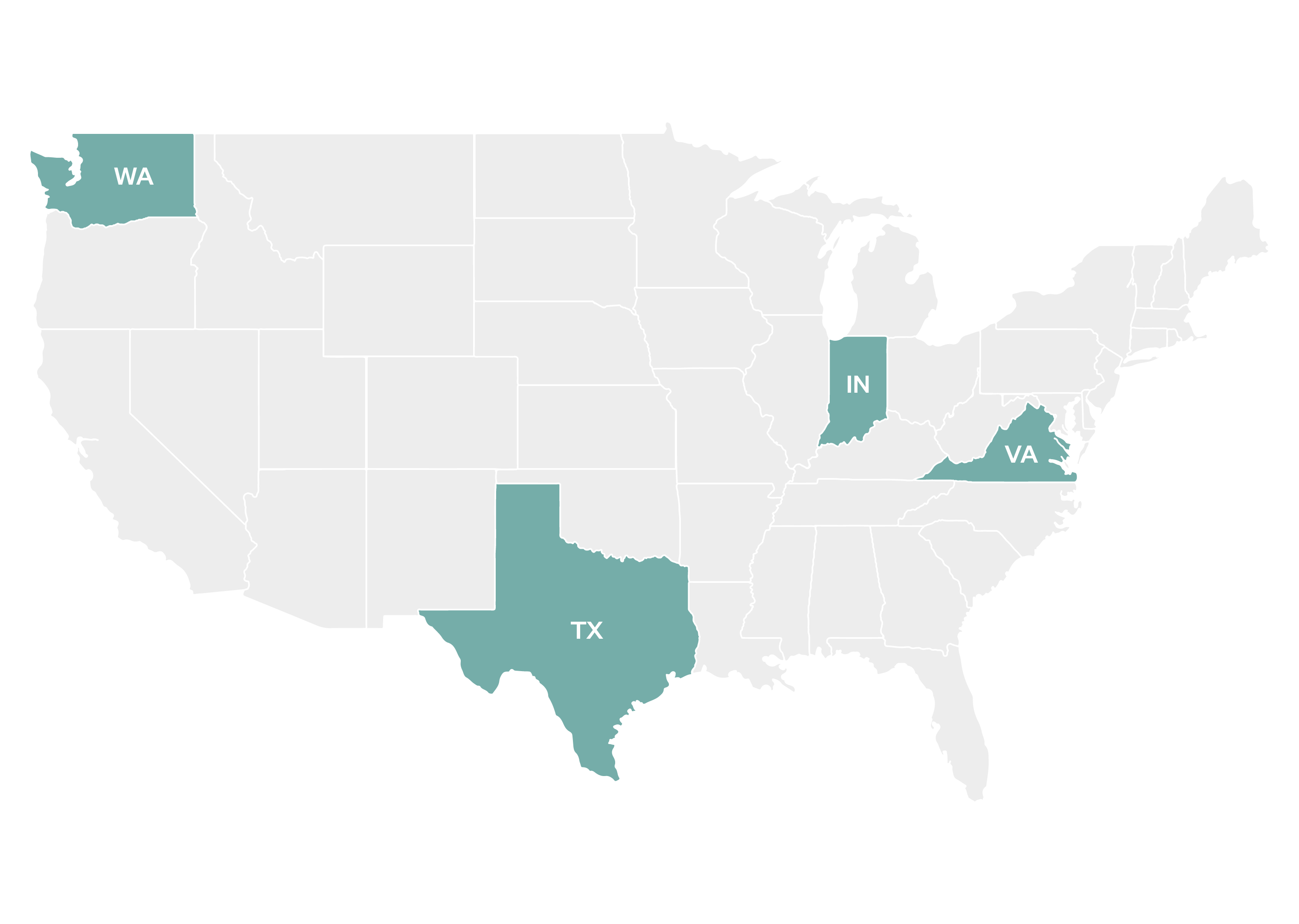Implementing and Scaling Multiple Measures Assessment in the Context of COVID-19
By Susan Bickerstaff, Elizabeth Kopko, Erika B. Lewy, Julia Raufman, and Elizabeth Zachry Rutschow | January 2021

Despite evidence suggesting that standardized tests are an imperfect measure of academic readiness, many community colleges across the country rely on them alone to determine student course placement. However, when the COVID-19 pandemic forced campuses to transition to remote operations in spring 2020, proctoring in-person placement tests became all but impossible. Though some institutions may have continued to administer the tests remotely, in many cases, the capacity to do so was significantly reduced. In response, systems and colleges sought out innovative ways to determine whether students need developmental education, with many adopting multiple measures assessment and placement systems that take into account factors such as high school GPA and noncognitive assessment results.
Based on interviews with system leaders and college administrators, faculty, and staff, this brief presents four short case studies on how community college state systems changed placement policies and supported new placement practices in the midst of the pandemic. The case studies—which focus on Indiana, Virginia, Texas, and Washington—address common multiple measures assessment implementation challenges such as facilitating buy-in, providing implementation support, combatting initiative fatigue, and establishing data-informed evaluation processes.
Key Findings
Given the various choices colleges must make about measures and cut points, multiple measures assessment must be enacted with thoughtful attention to implementation.
Colleges seeking to realize the benefits of multiple measures assessment must commit to a placement scheme that places more students into college-level courses.
Integrating changes in placement practices with other student success reforms can help stave off initiative fatigue.
Colleges in the Study

Types of MMA Models
Hover over the cards to reveal the meaning of each term
DECISION RULE
Decision Rule systems place students according to a series of “if-then” statements dependent upon their scores on multiple measures.
DECISION BAND
Decision Band systems place students according to where they fall relative to a specified range of scores on a certain measure.
ALGORITHM
Algorithm systems combine and weight incoming students’ values on selected measures to establish a placement score for each student.
